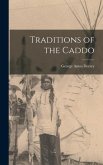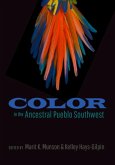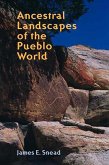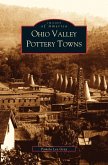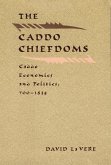"The study of ceramics is a key part of understanding the lifeways and heritage of the Caddo peoples in ancestral and modern times. Ceramic vessels made for cooking, storage, and serving were of primary importance between c. 800 and the early nineteenth century to the Caddo peoples of Southwest Arkansas, Northwest Louisiana, Eastern Oklahoma, and East Texas, an extensive region known as the Caddo Archaeological Area. The Woodland period ancestors of the Caddos began manufacturing ceramics as long as 3000 years ago; several members of the modern Caddo Nation of Oklahoma continue that tradition to the present. This volume provides a much-needed combination of archaeological and modern Caddo potter perspectives on the artistic tradition of Caddo ceramics. It is the first volume of its kind for Caddo archaeology and arguably the first of its kind within the broader Southeastern archaeological region. Contributors discuss how Caddo potters made ceramics in a wide variety of vessel shapes, employing distinctive technological traditions of temper choice, surface finishing techniques, and firing conditions, along with an abundance of well-crafted and -executed body and rim designs and surface treatments. Stylistic motifs and decorative patterns indicated closely related communities as well as specific family lineages, traditions, or heritage. Part One of the volume discusses the evolution of ceramic design and morphology in the various geographic regions of the Caddo Archaeological Area. Each chapter in this section addresses a different region, providing detailed descriptions and illustrations that articulate the ancestral Caddo ceramic tradition. Part Two offers an applied framework to ceramic analysis with discussions related to exchange and interaction, iconography, and communities of practice and identity. In Part Three, two contemporary Caddo potters furnish an important Native component to evaluating meaning and inspiration to modern pottery productions. "Ancestral Caddo Ceramic Traditions" will be a valuable reference book for the entire Southeastern archaeology community interested in evaluating relationships across the region that are frequently evident in ceramic traditions"--
Hinweis: Dieser Artikel kann nur an eine deutsche Lieferadresse ausgeliefert werden.
Hinweis: Dieser Artikel kann nur an eine deutsche Lieferadresse ausgeliefert werden.


